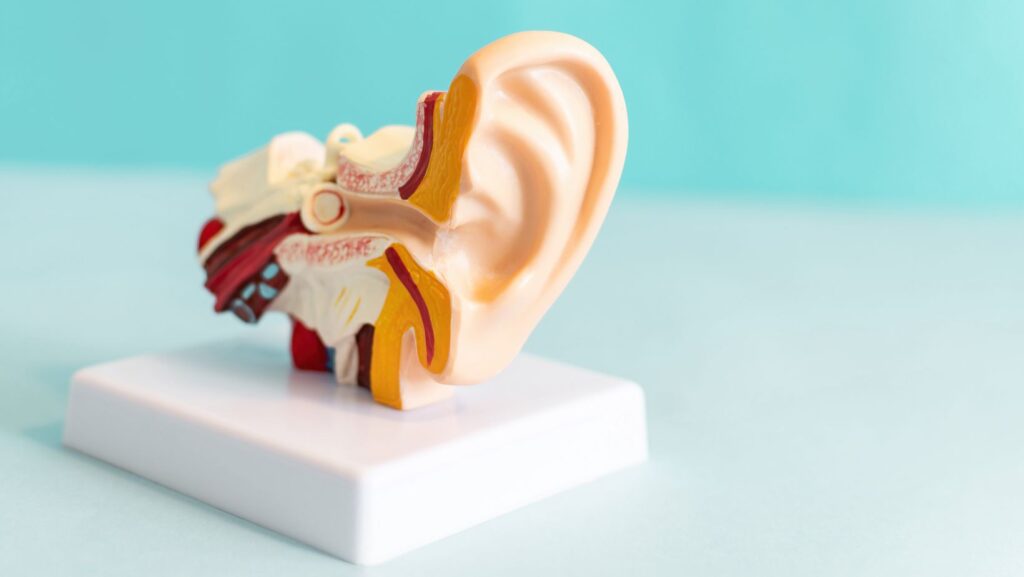Construction sites in Atlanta are often bustling with activity involving heavy machinery, power tools, and various equipment that create significant noise levels. The construction industry is a common sight in the city, contributing to its growth and development. However, the high noise levels present on these sites pose serious risks to workers’ health and safety.
Prolonged exposure to hazardous noise at construction sites can result in various health issues, with hearing loss being one of the most common injuries. Workers and employers must understand the potential risks associated with noise exposure and implement effective measures to mitigate them. This may include providing adequate hearing protection and implementing sound control measures.
If you or someone you know has been injured on a construction site due to hazardous noise exposure, it’s important to seek legal advice. Taking legal action can help address the issue and secure appropriate compensation for the injuries sustained.
Understanding Noise-Induced Hearing Loss
Noise-induced hearing loss (NIHL) is a type of hearing impairment that occurs when the sensitive structures within the ear are damaged due to prolonged exposure to high levels of noise. This damage can be either temporary or permanent, depending on the intensity and duration of the noise exposure.
In environments like construction sites, noise levels often surpass safe thresholds, posing a significant risk to the workers’ hearing health. Continued exposure to noise levels exceeding 85 decibels can result in irreversible damage to the ears. Therefore, it is not only essential for construction workers to use proper ear protection, but also for employers to actively monitor and control noise levels to prevent NIHL and ensure a safe working environment.
Other Injuries Caused by Hazardous Noise
While hearing loss is a significant concern, hazardous noise on construction sites can also contribute to various other injuries. Here are some of the key impacts of excessive noise:
- Increased Stress: High noise levels can lead to elevated stress, which can affect mental and physical health.
- Reduced Concentration: Excessive noise can impair focus and attention, increasing the risk of mistakes and accidents.
- Fatigue: Constant exposure to loud noise can cause fatigue, further compromising safety and performance.
- Elevated Blood Pressure: Prolonged noise exposure can result in higher blood pressure, posing long-term health risks.
- Heart Rate Changes: Noise-induced stress can cause irregular heart rates and potentially lead to cardiovascular issues over time.
- Impaired Communication: Difficulty in hearing warning signals or communication among workers can result in severe accidents.
- Overall Safety and Well-being: Addressing hazardous noise is crucial for protecting hearing and ensuring the overall safety and well-being of workers on construction sites.
Implementing Effective Noise Control Measures
Implementing a comprehensive set of noise control measures is crucial to protecting workers from hazardous noise. This includes using quieter machinery, regularly maintaining equipment to reduce noise output, and carefully designing workflows to minimize noise exposure.

In addition to these engineering controls, administrative controls play a vital role in mitigating noise hazards. These measures may involve rotating workers to limit their exposure time, scheduling adequate breaks, and ensuring proper job rotation to minimize prolonged exposure to high noise levels.
Furthermore, the provision of personal protective equipment (PPE) is essential. This includes ensuring that earplugs and earmuffs are readily available and mandatory in high-noise areas. Proper training and enforcement of PPE use are critical to maintaining a safe work environment.
The Role of Employers in Noise Hazard Prevention
Employers have a critical responsibility in safeguarding workers’ well-being from noise-induced injuries at construction sites. This involves conducting frequent and comprehensive noise assessments to identify potential hazards and determine the level of exposure. Additionally, it is essential for employers to provide suitable personal protective equipment (PPE) such as earplugs or earmuffs to mitigate the risks associated with hazardous noise.
Furthermore, it is paramount to ensure that workers are well-versed in the potential dangers of exposure to loud noises and are trained on the proper usage of protective equipment. Establishing a culture of safety where employees feel empowered to address unsafe conditions and consistently utilize the provided protective gear is vital to maintaining a secure work environment.
Advances in Noise Reduction Technology
Advancements in noise reduction technology are constantly evolving, providing new and improved methods to safeguard workers from harmful noise exposure. In today’s construction industry, many pieces of equipment come equipped with built-in noise reduction features, while personal protective equipment (PPE) has also seen significant advancements, resulting in more efficient hearing protection.
Among the latest innovations are noise-cancelling headphones and custom-molded earplugs, both of which offer enhanced comfort and superior protection against hazardous noise levels. Staying updated about these technological breakthroughs and integrating them into construction operations can make a substantial difference in promoting overall noise safety on job sites.
Legal Remedies for Noise-Related Injuries
Workers who have sustained injuries due to exposure to hazardous noise in the workplace may be eligible for compensation to cover medical expenses, rehabilitation costs, lost income, and other related damages. It is important for affected workers to have a thorough understanding of the legal options available to them in order to seek fair treatment and support.
Seeking advice from a legal professional with expertise in construction site accidents is essential for navigating the complex legal process. Employees who have been harmed by unsafe levels of noise at construction sites have the right to pursue legal claims to obtain the compensation they deserve and to ensure that employers are held accountable for maintaining a safe work environment.
Promoting Awareness and Education
Raising awareness about the dangers associated with exposure to hazardous noise and promoting education on effective prevention strategies are critical steps in reducing noise-related injuries on construction sites.

Employers, workers, and industry stakeholders must collaborate to disseminate information and share best practices to address this issue.
Through the implementation of workshops, training sessions, and comprehensive informational campaigns, it is possible to ensure that everyone involved in construction projects fully comprehends the significance of noise control. By promoting a proactive and multifaceted approach to noise management, the construction industry can effectively create safer working environments for all employees.
